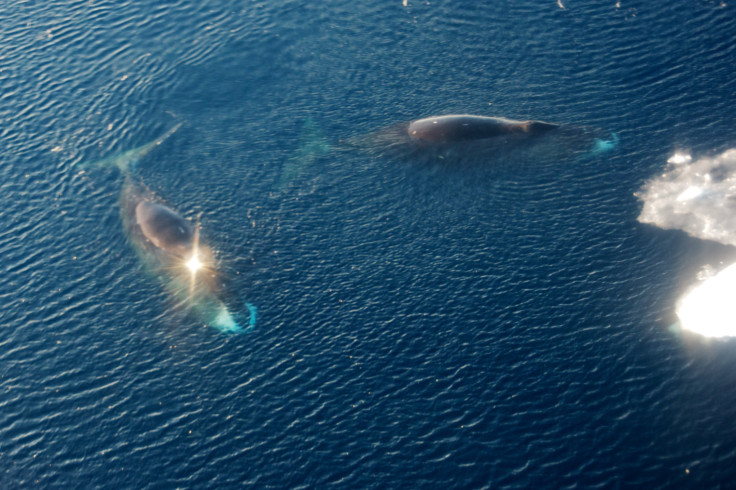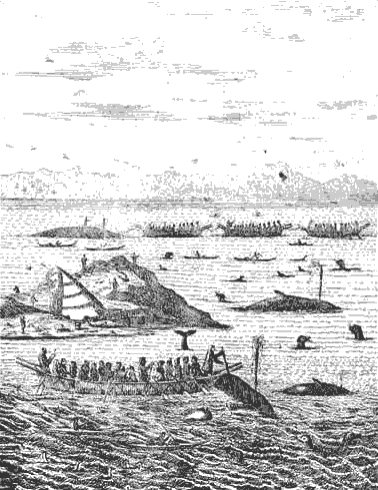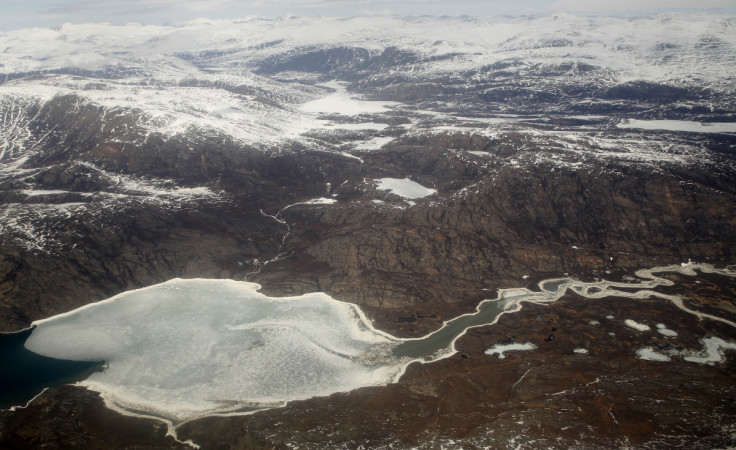Prehistoric Greenlanders ate bowhead whales to survive 4,000 years ago
DNA analysis reveals how early settlers on Greenland relied on marine mammal meat more than we thought.

The first humans to arrive at Greenland feasted on bowhead whales in order to survive, scientists believe. Through DNA analysis, researchers have reconstructed the diets of the first settlers, finding large marine mammals were a bigger part of their diet than previously believed.
How paleo-Eskimo cultures successfully migrated to Greenland is not entirely known. They first arrived around 4,500 years ago and there were several waves of settlement. However, most of our understanding of the culture is based on fossils analysed using traditional techniques. Because of this mostly consists of bones, a skewed picture of their diet emerges.
In a study published in Nature Communications, scientists from the University of Copenhagen looked at the DNA extracted from sediments that dated back to 2000BCE. Samples came from four well-described midden deposits and allowed the team to distinguish organic tissue, including fat, skin and microfossils. From this they could work out which species it belonged to.
Because the sites studied have exceptionally high preservation conditions, scientists were able to determine distinct cultures covering different periods of migration – covering the entire human history of human occupation.

Previously it was thought the Thule culture was the first to hunt and eat whales extensively, 800 to 600 years ago. Evidence of hunting large mammals prior to this was largely missing because of the lack of bones and weapons for hunting.
However, samples show whale was very much part of the diets of humans before 1200 CE. Most notably, findings revealed bowhead whales and other large mammals were being exploited by the Saqqaq culture 4,000 years ago.
At one of the sites, the bowhead whale was the most abundant species identified, making up almost half of the DNA analysed. At another site, it was the second or third most utilised species.
The team believes these prehistoric Greenlanders would have transported large carcasses from the shore to the settlement as a result of their size – a bowhead whale can reach up to 60ft and weight between 75 and 100 tonnes.

"The underrepresentation of whale bones in archaeological sites is a well-known phenomenon, typically ascribed to difficulties in transporting large carcasses from shore to the settlement in combination with the higher value of blubber or meat compared with bones," they wrote.
"In the Arctic, several studies have suggested that the fossil record may underestimate the importance of whales to ancient Arctic cultures, however, the lack of suitable methods to detect remains of tissue like blubber and meat in sediment have prevented further investigations on this matter. As such, our findings represent the first tangible evidence that bone counts alone may underestimate large whales in Arctic midden remains."
Concluding, they added: "These findings expand our current knowledge of the Paleo-Inuit and illustrates that the Saqqaq people had a wider diet-breadth than was previously thought and were able to exploit most of the mammals available to them."
© Copyright IBTimes 2024. All rights reserved.







